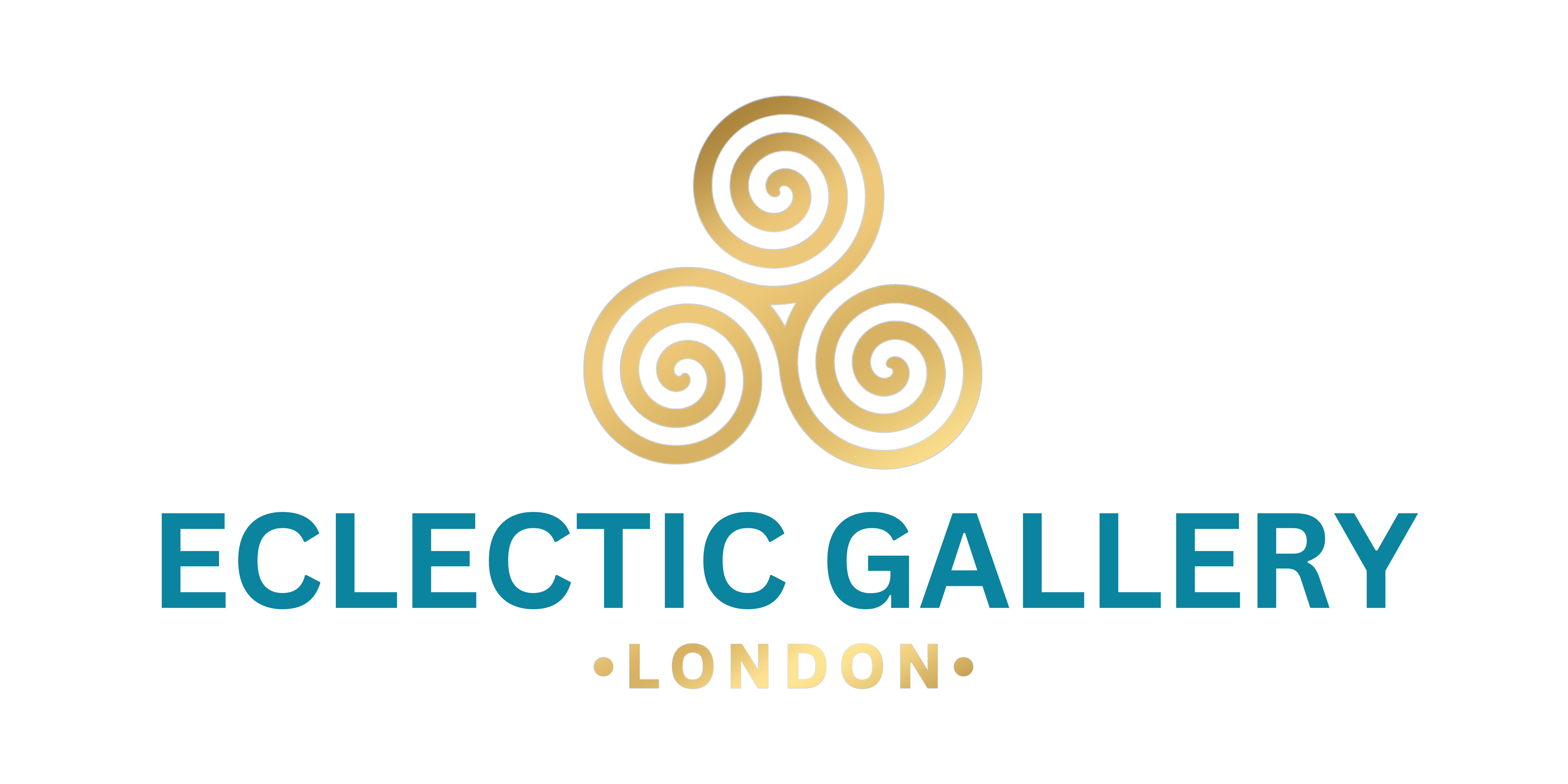The arts play a significant role in promoting healthy aging by stimulating cognitive function, fostering creativity, and providing opportunities for social engagement. Engaging in artistic activities can improve cognitive abilities such as memory, attention, and problem-solving skills, helping to maintain mental acuity as we age.
Aging art, or art created by older adults, is a testament to the enduring creativity and vitality of individuals as they grow older. It encompasses a wide range of artistic expressions, from painting and drawing to sculpture, photography, and mixed media. For many older adults, creating art provides a sense of purpose, fulfilment, and self-expression, contributing to overall well-being and quality of life.
Art is important for the elderly because it offers a means of self-expression and communication, even in the face of physical or cognitive challenges. Through art, older adults can explore their thoughts, emotions, and life experiences, giving voice to their innermost thoughts and feelings. Artmaking can also serve as a form of therapy, helping older adults cope with grief, loss, and transitions associated with aging.
Research has shown that engaging in art can make you happier and healthier by reducing stress, anxiety, and depression. Creating art triggers the release of endorphins, neurotransmitters that promote feelings of pleasure and well-being. Additionally, artmaking provides a sense of accomplishment and mastery, boosting self-esteem and confidence.
Art also has a profound impact on social health by providing opportunities for social interaction and connection. Participating in art classes, workshops, and community art projects allows older adults to meet new people, build friendships, and strengthen social networks. Art can also serve as a bridge between generations, fostering intergenerational relationships and mutual understanding.
Art therapy, a form of psychotherapy that uses art as a means of self-expression and exploration, has been shown to be beneficial for elderly individuals. Art therapy can help older adults address a wide range of emotional and psychological issues, including depression, anxiety, trauma, and grief. Through the process of creating art, individuals can gain insight into their thoughts and feelings, develop coping strategies, and improve overall well-being.
Age in art is a complex and multifaceted concept, often depicted through symbols and metaphors that convey ideas about wisdom, experience, and the passage of time. Symbols of old age in art may include wrinkles, grey hair, walking sticks, and clocks, among others. Additionally, colours such as grey, muted tones, and earthy hues are often associated with old age, reflecting a sense of maturity, wisdom, and introspection.
In conclusion, the visual arts play a crucial role in promoting healthy aging by stimulating cognitive function, fostering creativity, and providing opportunities for social engagement. Engaging in artistic activities can enhance well-being, happiness, and overall quality of life for older adults, offering a sense of purpose, fulfilment, and connection in the later stages of life.

